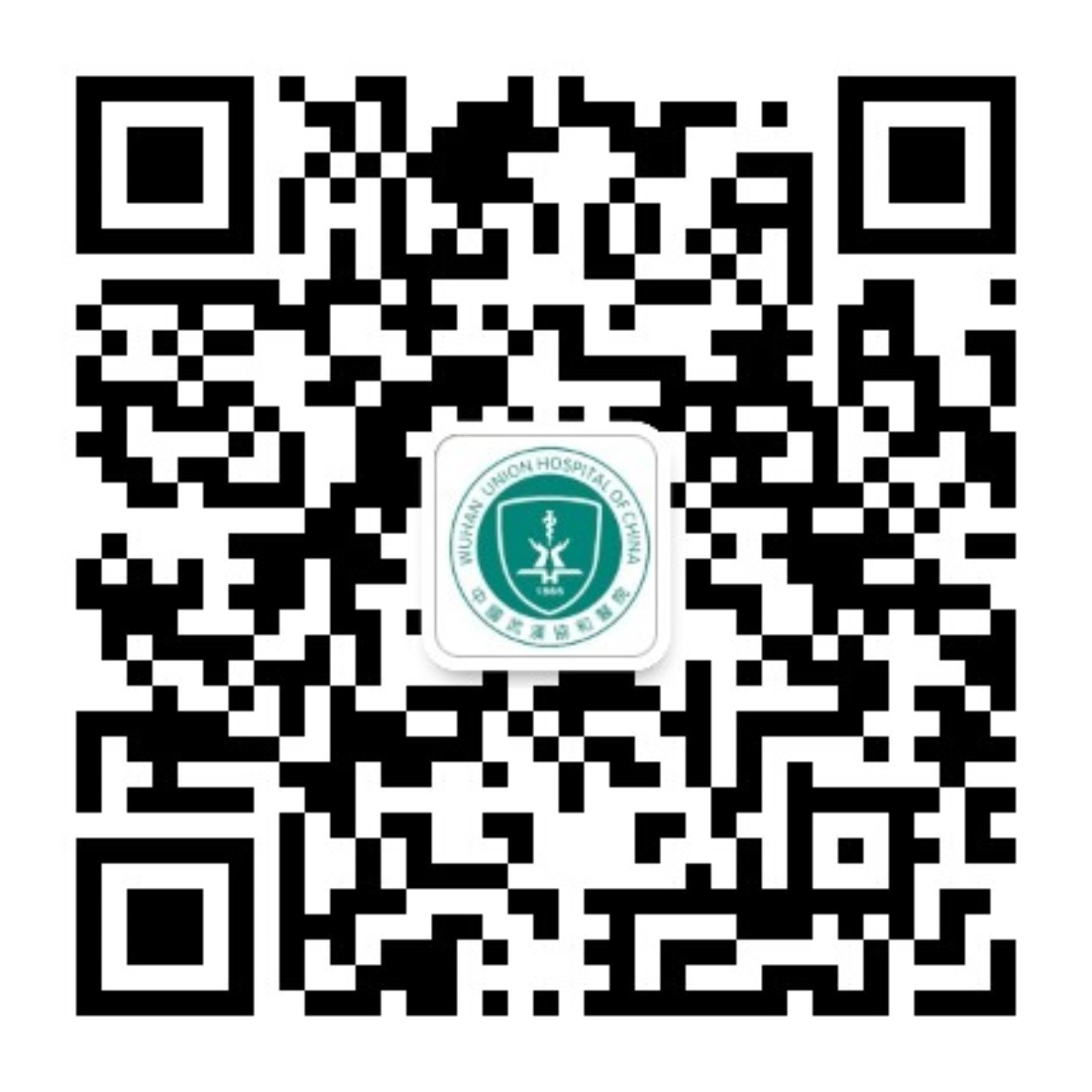The study of GJB2 dominant mutaion distribution in Chinese deafness patient and the analysis of phenotype
-
摘要: 目的:GJB2相关性耳聋患者主要为常染色体隐性遗传,对其导致的显性突变及综合征型聋报道较少,本研究总结分析中国感音神经性聋患者中GJB2基因显性遗传突变情况。方法:收集解放军总医院耳鼻喉研究所聋病分子诊断中心GJB2基因相关耳聋患者1 641例,回顾性分析其GJB2基因突变情况,总结显性遗传突变谱,进行相关听力、皮肤等相关表型的分析。结果:1 641例GJB2相关耳聋患者中9例为显性遗传(0.55%),其中较常见的突变为R75W、G130V、R143Q、p.R184Q,听力表型主要为重度-极重度感音神经性聋。其中1例患者表现为感音神经性聋伴掌跖角化症。结论:GJB2显性遗传在中国耳聋患者中存在一定比例,综合征型较少见,其听力表型差异较大,但主要为重度-极重度感音神经性聋。Abstract: Objective:Mutations in the GJB2 are the most common cause of nonsyndromic autosomal recessive sensorineural hearing loss. A few mutations in GJB2 have also been reported to cause dominant nonsyndromic or syndromic hearing loss. This study analysised the GJB2 dominant mutation in Chinese deafness.Method:1 641 patients as GJB2-related hearing loss were enrolled, summarized the type of dominant mutaion, analyzed the hearing level and other systerm lesion.Result:Nine probands with severe-profound hearing loss were diagnosed as GJB2 domiant mutation (R75W、G130V、 R143Q、p.R184Q). And one patient with R75W mutation was diagosed as hearing loss and palmoplantar keratoderma.Conclusion:GJB2 dominant mutation can cause severe-to-profound bilateral sensorineural hearing impairment and not common with syndromic hearing loss in Chinese deafness.
-
Key words:
- hearing loss /
- GJB2 /
- dominant inheritance
-

-
[1] WELCH K O, MARIN R S, PANDYS A, et al.Compound heterozygosity for dominant and recessive GJB2mutations:effect on phenotype and review of the literature[J].Am J Med Genet A, 2007, 143:1567-1573.
[2] MARZIANO N K, CASALOTTI S O, PORTELLI A E, et al.Mutations in the gene for connexin 26 (GJB2) that cause hearing loss have a dominant negative effect on connexin 30[J].Hum Mol Genet, 2003, 12:805-812.
[3] BONYADI M, ESMAEILI M, ABHARI M, et al.Mutation analysis of familial GJB2-related deafness in Iranian Azeri Turkish patients[J].Genet Test Mol Biomarkers, 2009, 13:689-692.
[4] HUANG S S, WANG G J, XU Y, et al.Identification of a p.R143Qdominant mutation in the gap junction beta-2gene in three Chinese patients with different hearing phenotypes[J].Acta Otolaryngol, 2013, 133:55-58.
[5] PRIMIGNANI P, CASTORINA P, SIRONI F, et al.A novel dominant missense mutation——D179N——in the GJB2gene (Connexin 26) associated with nonsyndromic hearing loss[J].Clin Genet, 2003, 63:516-521.
[6] HUANG S, YUAN Y, LIU J, et al.De novo dominant mutation of GJB2in two Chinese families with nonsyndromic hearing loss[J].Int J Pediatr Otorhinolaryngol, 2011, 75:1333-1336.
[7] HAMELMANN C, AMEDOFU G K, ALBRECHT K, et al.Pattern of connexin 26 (GJB2) mutations causing sensorineural hearing impairment in Ghana[J].Hum Mutat, 2001, 18:84-85.
[8] MELCHIONDA S, BICEGO M, MARCIANO E, et al.Functional characterization of a novel Cx26 (T55N) mutation associated to non-syndromic hearing loss[J].Biochem Biophys Res Commun, 2005, 337:799-805.
[9] BIRKENHAGER R, LUBLINGHOFF N, PRERA E, et al.Autosomal dominant prelingual hearing loss with palmoplantar keratoderma syndrome:variability in clinical expression from mutations of R75W and R75Qin the GJB2gene[J].Am J Med Genet A, 2010, 152:1798-1802.
[10] YUAN Y, HUANG D, YU F, et al.A De Novo GJB2 (Connexin 26) Mutation, R75W, in a Chinese Pedigree With Hearing Loss and Palmoplantar Keratoderma[J].Am J Med Genet Part A, 2009, 149:689-692.
[11] UYGUNER O, TUKEL T, BAYKAL C, et al.The novel R75Qmutation in the GJB2gene causes autosomal dominant hearing loss and palmoplantar keratoderma in a Turkish family[J].Clin Genet, 2002, 62:306-309.
[12] IOSSA S, CHINETTI V, AULETTA G, et al.New evidence for the correlation of the p.G130Vmutation in the GJB2gene and syndromic hearing loss with palmoplantar keratoderma[J].Am J Med Genet A, 2009, 149:685-688.
[13] ESTIVILL X, FORTINA P, SURREY S, et al.Connexin-26mutations in sporadic and inherited sensorineural deafness[J].Lancet, 1998, 351:394-398.
[14] GABRIEL H, KUPSCH P, SUDENDEY J, et al.Mutations in the connexin26/GJB2gene are the most common event in non-syndromic hearing loss among the German population[J].Hum Mutat, 2001, 17:521-522.
[15] MORELL R J, KIM H J, HOOD L J, et al.Mutations in the connexin 26gene (GJB2) among Ashkenazi Jews with nonsyndromic recessive deafness[J].N Engl J Med, 1998, 339:1500-1505.
[16] OHTSUKA A, YUGE I, KIMURA S, et al.GJB2deafness gene shows a specific spectrum of mutationin Japan, including a frequent founder mutation[J].Hum Genet, 2003, 112:329-333.
[17] DAI P, YU F, HAN B, et al.GJB2mutation spectrum in 2063Chinese patients with nonsyndromic hearing impairment[J].J Transl Med, 2009, 7:1-12.
[18] RICHARD G, WHITE T W, SMITH L E, et al.Functional defects of Cx26resulting from a heterozygous missense mutation in a family with dominant deaf-mutism and palmoplantar keratoderma[J].Hum Genet, 1998, 103:393-399.
[19] TUKEL T, BAYKAL C.The novel R75Q mutation in the GJB2gene causes autosomal dominant hearing loss and palmoplantar keratoderma in a Turkish family[J].Clin Genet, 2002, 62:306-309.
[20] VAN-STEENSEL M A, STEIJLEN P M, BLADERGROEN R S, et al.A phenotype resembling the Clouston syndrome with deafness is associated with a novel missense GJB2mutation[J].J Invest Dermatol, 2004, 123:291-293.
[21] RICHARD G.Connexin gene pathology[J].Clin Exp Dermatol, 2003, 28:397-409.
[22] LOFFLER J, NEKAHM D, HIRST-STADLMAN N, et al.Sensorineural hearing loss and the incidence of Cx26mutations in Austria[J].Eur J Hum Genet, 2001, 9:226-230.
[23] BONYADI M, EAMAEILI M, ABHARI M, et al.Mutation analysis of familial GJB2-related deafness in Iranian Azeri Turkish patients[J].Genet Test Mol Biomarkers, 2009, 13:689-692.
-

计量
- 文章访问数: 1353
- PDF下载数: 174



 下载:
下载:
